I don’t know about you, but I feel Spring begins when it starts to feel a little warmer and when the
are beginning to come out. But according to those who measure these things, it’s not quite that simple.
There’s Astronomical Spring which depends on the tilt of the Earth in relation to its orbit round the sun because, of course, the seasons are connected with temperatures. So, this year, Astronomical Spring begins on 20 March and ends on 20 June. But then wouldn’t you say that mid-June is very close to mid-summer, on 23-24 June?
And then there’s Meteorological Spring, which:
Is based on the annual temperature cycle and measures the meteorological state, as well as coinciding with the calendar to determine a clear transition between the seasons.
So that’s temperature, forecasting and … calendar. But:
The meteorological seasons consist of … four periods made up of three months each … making it easier for meteorological observing and forecasting to compare seasonal and monthly statistics. By the meteorological calendar, spring will always start on 1 March; ending on 31 May.
But if the dates of the seasons are set, how can they be seasonal?
And then of course there are the Equinoxes (and the Solstices) – which fall on almost but not always exactly the same dates as the Astrological Seasonal dates:
The Equinox in the Northern Hemisphere occurs twice a year around 20 March (the spring equinox) and around 22 September (the autumn equinox).
All the links above are to Meteorological Office websites.
I think I’ll stick with what’s flowering when, and how the weather feels. Don’t you?


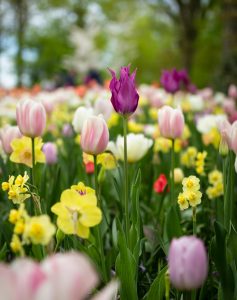
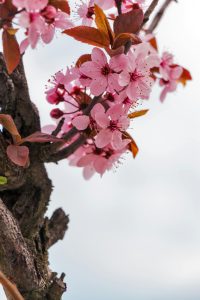
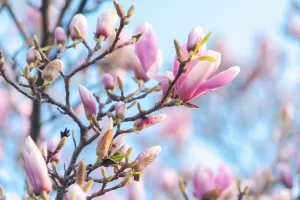
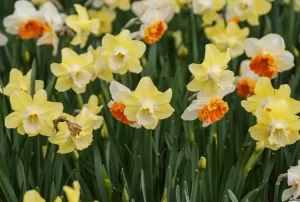
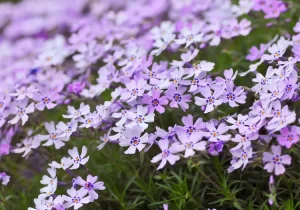
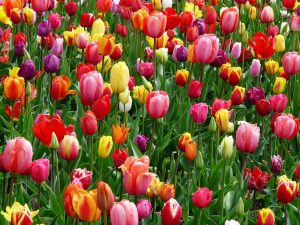
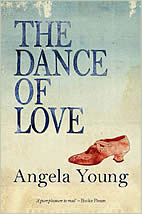
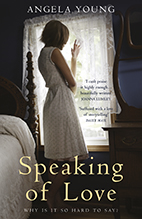

Leave a Reply